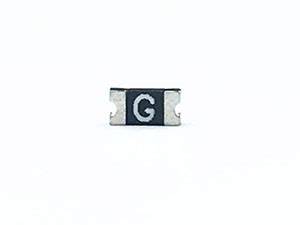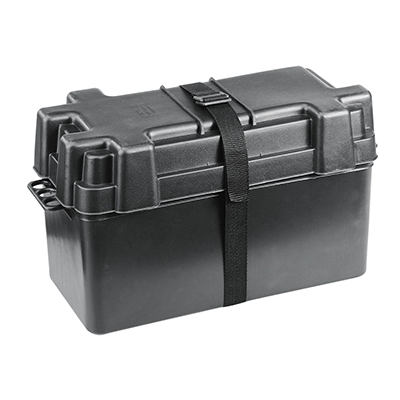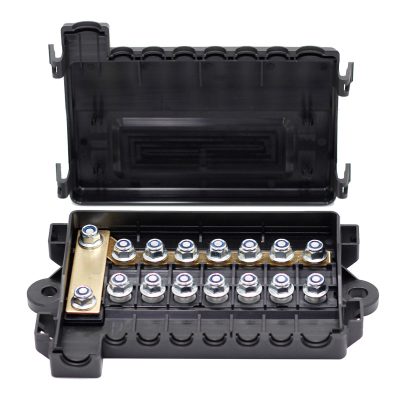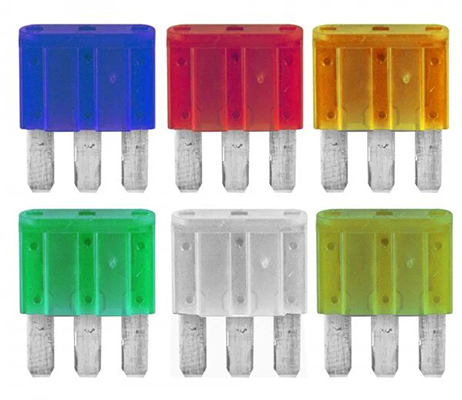The Critical Role of Glass Fuses in Protecting Car Dashboard Electronics
News 2025-10-27
Glass fuses are essential safety components in automotive electrical systems, particularly within car dashboards. They act as protective barriers against overcurrent situations, ensuring that sensitive dashboard electronics remain operational and undamaged. Commonly found in vehicles, these fuses interrupt electrical flow by melting a thin wire when excessive current is detected, preventing potential hazards like fires or system failures. Their design makes them ideal for protecting circuits in components such as speedometers, fuel gauges, and digital displays, contributing to overall vehicle reliability and safety.

In the context of car dashboards, glass fuses are widely utilized to safeguard various low-voltage circuits. For example, they protect instrument clusters from short circuits that could lead to inaccurate readings or complete failures. They are also critical in entertainment and infotainment systems, where they shield against power surges that might otherwise damage audio or navigation units. Additionally, glass fuses are employed in lighting circuits for dashboard indicators and backlighting, ensuring that a single faulty component does not compromise the entire electrical system. Their compact form factor allows for easy integration into tight spaces within vehicle designs.
Glass fuses provide significant benefits in automotive applications due to their robust performance characteristics. They offer rapid response times to overcurrent events, which helps minimize damage to delicate electronic components in dashboards. The transparent glass construction allows for immediate visual inspection of the fuse element, facilitating quick diagnosis and replacement without the need for advanced tools. Moreover, these fuses maintain consistent performance across a range of temperatures and vibrations typical in automotive environments, ensuring long-term durability. Their precise current ratings also reduce the risk of false tripping, making them a dependable choice for maintaining dashboard functionality under diverse driving conditions.
1. What are the common current ratings for glass fuses in car dashboards?
Answer: Common ratings range from 5 to 30 amps, tailored to specific circuits like lighting or instrumentation to provide appropriate protection.
2. How can you tell if a glass fuse has blown?
Answer: A blown fuse is indicated by a broken or melted wire visible through the glass, often with signs of discoloration or charring.
3. What makes glass fuses suitable for automotive use?
Answer: Their fast-acting response, visual failure indication, and resistance to environmental factors make them reliable and cost-effective for dashboard applications.


